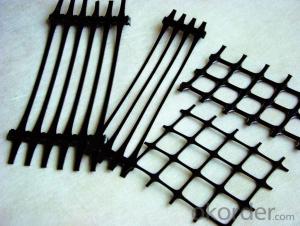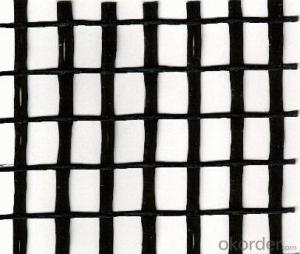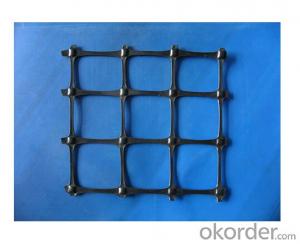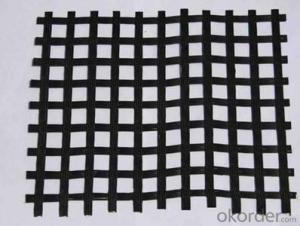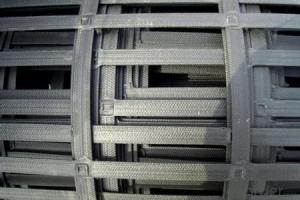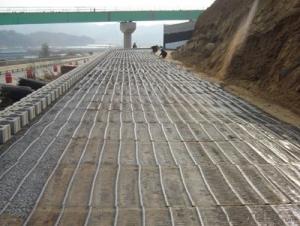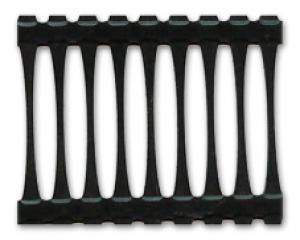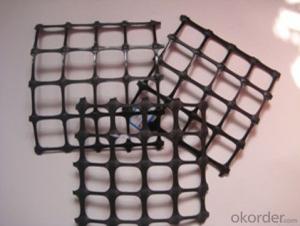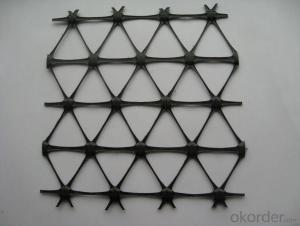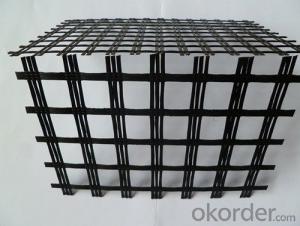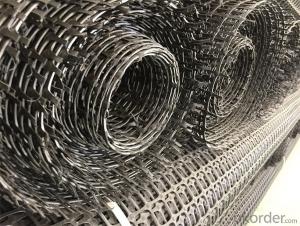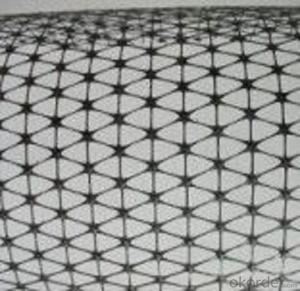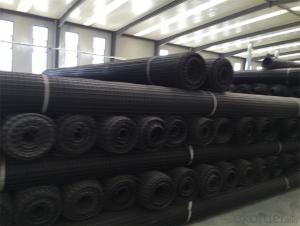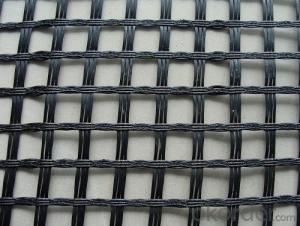Miragrid Geogrid
Miragrid Geogrid Related Searches
Fridge With Freezer On Bottom Driveway Pillars With Lights Blu Ray Player With Recorder Blu Ray Player With Internet Geogrid In Retaining Walls 1708 Biaxial Fiberglass Tape Pullout Resistance Of Geogrid Geogrid Warp Knitting Machine Srw 3 Series Geogrid Biaxial Plastic GeogridHot Searches
Fiberglass Scaffolding For Sale Fiberglass Panels For Sale Fiberglass Greenhouses For Sale Geogrid Fabric For Sale Gas Powered Core Aerator For Sale Revolution 4 Propeller For Sale Alabaster Carving Stone For Sale Geogrid For Sale Near Me Tensar Geogrid For Sale Geogrid For Sale Ex Display Log Cabins For Sale Photoelectric Cells For Sale Athletic Lockers For Sale Cubicle Partitions For Sale Stearman Propeller For Sale Palram Greenhouses For Sale Gumbo Bowls For Sale Suzuki Propellers For Sale Freight Crates For Sale Outhouse Sheds For SaleMiragrid Geogrid Supplier & Manufacturer from China
Okorder.com is a professional Miragrid Geogrid supplier & manufacturer, offers integrated one-stop services including real-time quoting and online cargo tracking. We are funded by CNBM Group, a Fortune 500 enterprise and the largest Miragrid Geogrid firm in China.Hot Products
FAQ
- The effect of soil type on geogrid performance is significant. Different soil types have varying properties such as particle size, compaction, and stability, which directly influence the interaction between the soil and geogrid. Cohesive soils like clay may provide better interlocking with the geogrid, resulting in improved load-bearing capacity. On the other hand, granular soils like sand or gravel may offer less resistance to the geogrid. Therefore, understanding the soil type is crucial in determining the appropriate design and installation of geogrids to ensure optimal performance and long-term stability.
- Yes, geogrids can be used in the reinforcement of slopes and embankments. Geogrids are often used to improve the stability and strength of soil structures by providing reinforcement and preventing soil movement. They are effective in enhancing the load-bearing capacity of slopes and embankments, reducing soil erosion, and increasing overall stability.
- The factors that affect the long-term oxidation resistance of geogrids include the type and quality of polymer used in the geogrid manufacturing, the presence of antioxidants or stabilizers in the polymer, exposure to environmental conditions such as temperature, humidity, and UV radiation, as well as the level of mechanical stress or strain experienced by the geogrid over time.
- Geogrids offer several advantages in soil nailing applications. Firstly, they provide additional reinforcement to the soil, improving its stability and preventing slope failures. Secondly, geogrids help distribute loads more evenly, reducing the stress on the soil and increasing its bearing capacity. Additionally, geogrids can be easily installed, saving time and labor costs. They are also durable and resistant to environmental factors such as corrosion and degradation. Overall, using geogrids in soil nailing applications enhances the effectiveness and longevity of the stabilization process.
- Why steel plastic geogrid in the test, will choose to peel out a single wire test? What are the causes and sources of this method?
- Peel out because of the more intuitive understanding of the strength of the tensile strength and extension of the length of the wire wrapped in order to protect the steel wire does not rust.
- Yes, geogrids are effective in stabilizing dredged material containment areas. Geogrids provide reinforcement and stability to the soil, preventing erosion and maintaining the integrity of the containment area. They help distribute load and enhance the overall strength of the structure, making them an ideal solution for stabilizing dredged material containment areas.
- How to fill in the geogrid evaluation form
- Detection method and frequency in accordance with the requirements, the other reference to your command requirements!
- Yes, geogrids can be used for load distribution. Geogrids are specifically designed to distribute loads over a wider area, improving the stability and strength of various structures such as roads, retaining walls, and embankments. They help to spread the applied load more evenly, reducing the potential for localized stress and preventing the formation of cracks or failures.

















